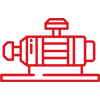Specifications
| Workpiece weight |
5-160kg |
| Max. workpiece diameter |
Ø1000 |
| Max. diameter at drive frame |
Ø300mm |
| Journal diameter of workpiece |
Ø10-Ø180mm |
| Distance between two bearing supports |
80-1000mm |
| Balancing speed |
300-5000r/min |
| Drive mode |
Belt drive (optional) |
| Number of planes |
Possible to select between single plane and two planes, and select between weight adding and removing |
| Electronic measuring system/control cabinet |
ZL-210 dynamic balancing measuring system (touch screen)/free-standing control cabinet
Calculates the required correction weight and its position on the rotor’s left and right planes, based on parameters such as diameter, mass, operating speed, and balancing accuracy |
| Min. achievable residual unbalance (eMar) |
≤0.5 |
| Unbalance reduction ratio (URR) |
95% |
Features
- The drive motor uses a flat belt placed at the rotor’s center to keep rotation smooth and stable during testing.
- An integrated drilling unit, controlled by PLC, moves across an 800 mm range on the beam with a 20 mm drill bit to perform unbalance correction directly above the workpiece.
- Once measurement is complete, the drill automatically stops at the correction point, removing material on both balancing planes.
- Drill depth is calculated after selecting the bit diameter and the density of the material, improving correction accuracy.
- A printer is included for generating A4 reports of the test results.
- An industrial vacuum system is provided to collect chips from the drilling process, keeping the workspace clean.
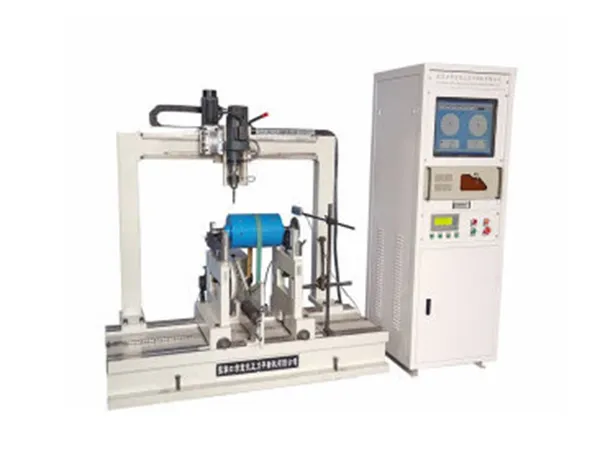
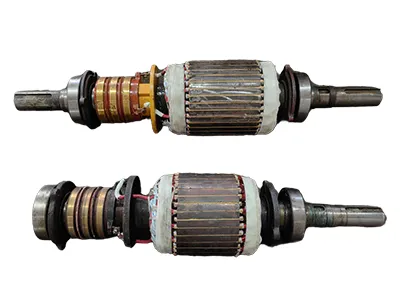 Electric motor rotor balancing
Electric motor rotor balancing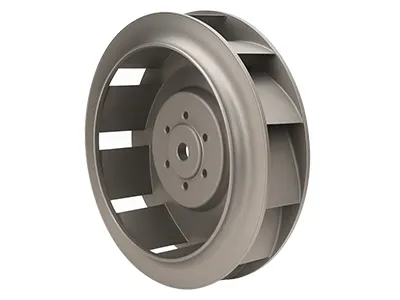 Impellers balancing
Impellers balancing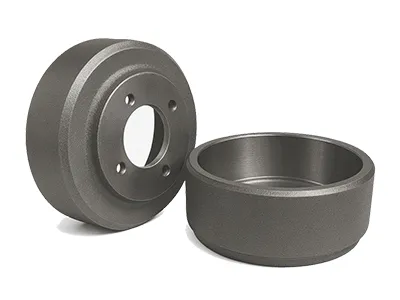 Brake drums balancing
Brake drums balancing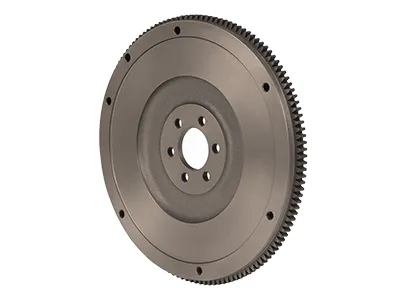 Flywheels balancing
Flywheels balancing






